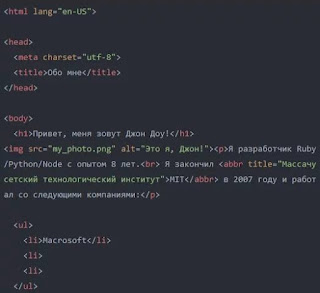Programming dialects and normal dialects are both used to convey, yet they do as such in altogether different ways. Programming dialects are utilized to speak with PCs, while regular dialects are utilized to speak with different people.
Here are a portion of the critical contrasts between programming dialects and regular dialects:
• Reason and intent.Normal dialects are intended for human correspondence and articulation. Programming dialects are grown explicitly for teaching PCs and making programming applications/programs.
• Syntax.The grammar of a programming language is a bunch of decides that oversee how the images in the language are joined to shape substantial proclamations. The linguistic structure of a characteristic language is considerably more perplexing and adaptable, and there are much of the time various ways of communicating a similar thought.
• Semantics.The semantics of a programming language is the importance of the assertions in the language. The semantics of a characteristic language is likewise perplexing and nuanced, however it is in many cases more questionable than the semantics of a programming language.
• Accuracy.Programming dialects are extremely exact and unambiguous. There is no wiggle room or understanding. Normal dialects, then again, are brimming with defects and ambiguities. This can make it hard to impart complex thoughts or to guarantee that the significance of a message is figured out by the beneficiary.
• Evolvability.Programming dialects are moderately steady and don’t change all the time. Regular dialects, then again, are continually advancing. This is on the grounds that normal dialects are utilized by individuals from everywhere the world, and they are continually being impacted by new societies and thoughts.
Notwithstanding their disparities, programming dialects and regular dialects have a few likenesses. The two sorts of dialects have a jargon of images, and both use rules to join those images to shape significant articulations. Notwithstanding, how these principles are utilized is totally different.
Programming dialects are intended to be just about as unambiguous as could really be expected, while regular dialects are intended to be all around as adaptable and expressive as could be expected. This distinction in plan mirrors the various reasons for these two kinds of dialects. Programming dialects are utilized to speak with PCs, which require exceptionally exact directions. Regular dialects, then again, are utilized to speak with different people, who can comprehend and decipher more equivocal messages.
Conclusion
Programming dialects and regular dialects are both amazing assets for correspondence. Notwithstanding, they are intended for totally different purposes, and they utilize totally different standards to accomplish their objectives. By understanding the distinctions between these two kinds of dialects, we can all the more likely value the qualities and shortcomings of each, and we can pick the right language for the job needing to be done.
